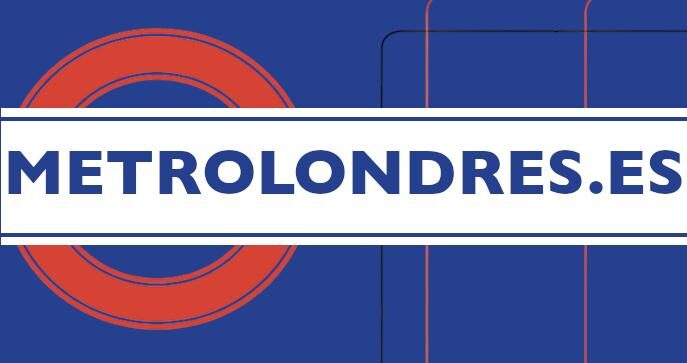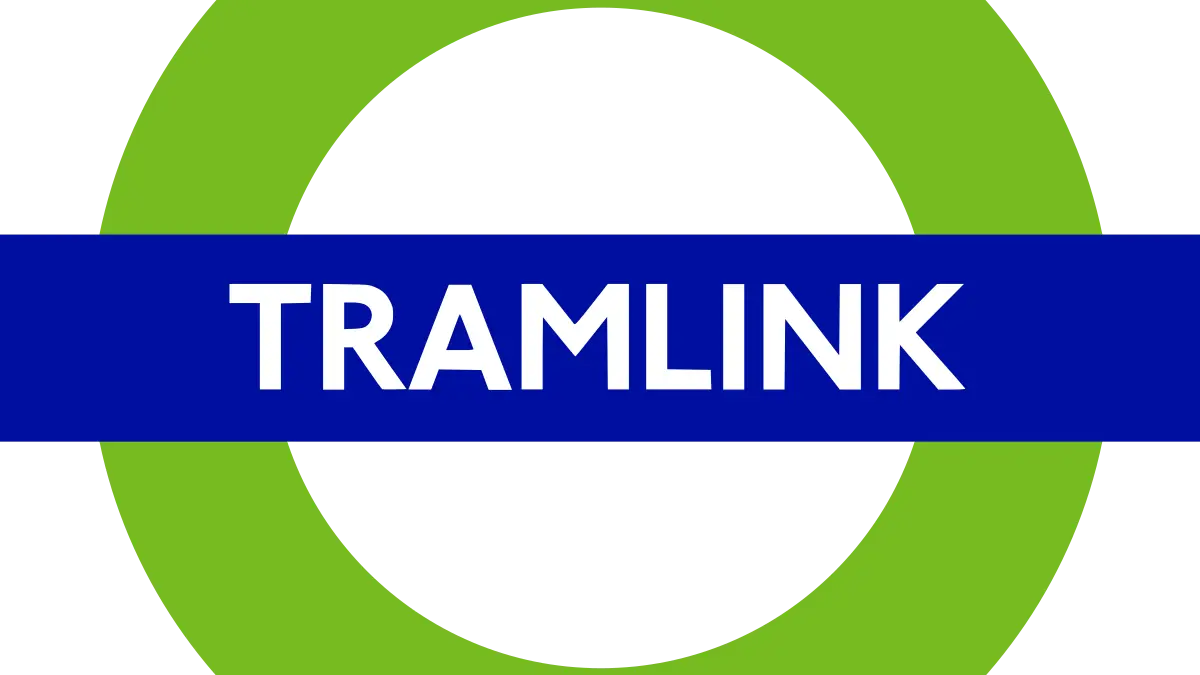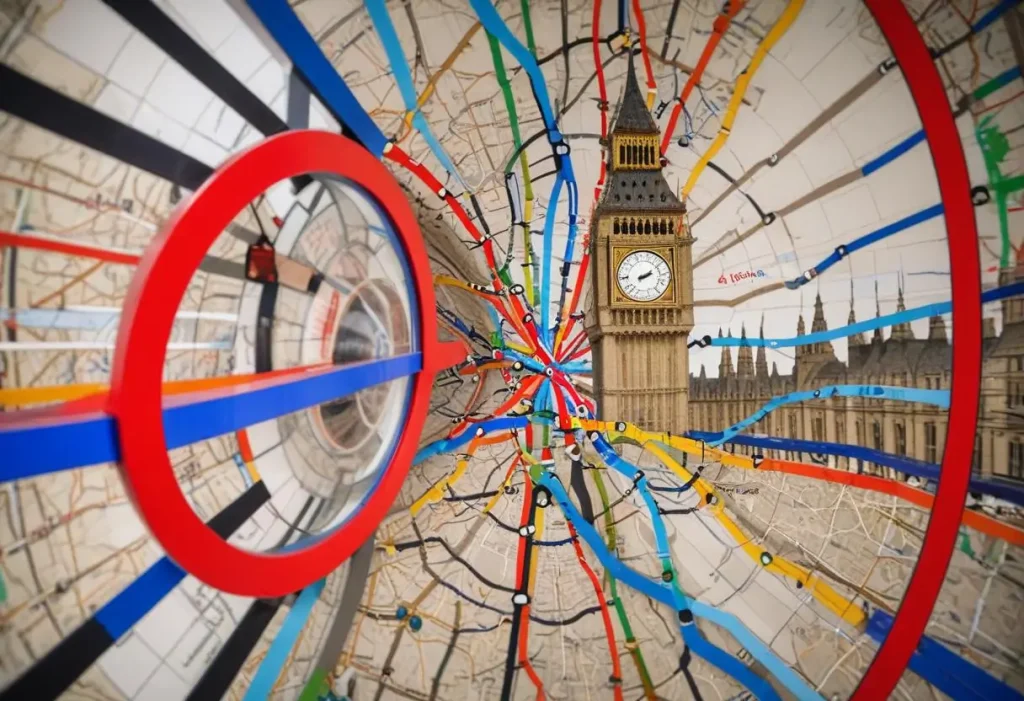The London tram system, known as London Trams or Tramlink, operates primarily in the southern part of the city and offers an efficient and accessible way to travel through areas such as Croydon, Wimbledon, and Beckenham. Since its inauguration in 2000, this system has been essential for residents and travelers seeking a comfortable and affordable transport option.
- Where Does Tramlink Operate?
- Tramlink Features
- Frequency and Timetable
- Fares and Payment Methods
- Connections to Other Transport Services
- Tramlink Map
- Accessibility
- Advantages of Using the Tram in London
- How to Plan Your Tram Journey
- Interesting Facts About London’s Tramlink
- Key Differences Between Tramlink and the London Underground
Where Does Tramlink Operate?
Tramlink covers a network of approximately 28 kilometers, connecting key areas in South London. Some of the main zones covered include:
- Croydon: One of the main transport hubs in South London.
- Wimbledon: Connected to the District line of the Underground and national rail services.
- Beckenham: In the east of the system, connected with Croydon and Elmers End.
- New Addington: Located in the southeast of the tram network.
The system has 39 stops along these routes, providing access to various areas in South London.
Tramlink Features
The system consists of three main lines:
- Line 1: Elmers End to Croydon.
- Line 2: Beckenham Junction to Croydon.
- Line 3: New Addington to Wimbledon.
All Tramlink stops are designed to be fully accessible, with low platforms that provide easy access for those with reduced mobility, pushchairs, and wheelchairs.
Frequency and Timetable
London trams operate from 5:30 AM until midnight on weekdays, starting slightly later on weekends. The service frequency is approximately 10 minutes during peak hours and 15 to 20 minutes during off-peak times.
Fares and Payment Methods
The fare system for trams is the same as for London buses. Some key points to note include:
- Single fare: £1.65 if paid with an Oyster card or contactless.
- Daily cap: If using an Oyster or contactless card, fares are capped at £5.25 per day for buses and trams.
- Children: Children under 11 travel for free, and there are discounts for youths and students.
Connections to Other Transport Services
Tramlink is well connected with other London transport services, making it easy to move around the city. Key connections include:
- Wimbledon: Connection with the District line of the Underground and national rail services.
- West Croydon: Connection with London Overground, linking South London with other areas of the city.
- Beckenham Junction: Connection with trains towards southeast London and Kent.
Tramlink Map

Accessibility
The London tram system is designed to be accessible for everyone. The low platforms allow easy access for people with reduced mobility, pushchairs, and wheelchairs. Additionally, many stops have ramps and other features to facilitate access.
Advantages of Using the Tram in London
Using the tram in London offers several benefits for travelers:
- Affordable: It’s cheaper than the Underground and has a daily fare cap.
- Easy to use: Ideal for getting around South London without relying on traffic.
- Frequent: Trams run regularly, so there’s little waiting time.
- Connected: Well connected to other forms of transport, making it easy to switch between trams, trains, and the Underground.
- Sustainable: Trams are a more eco-friendly transport option compared to other modes of transport.
How to Plan Your Tram Journey
Planning a journey on London’s tram system is simple. You can use route planning tools such as the Transport for London (TfL) website or app for information on timetables, fares, and routes. Oyster and contactless cards allow you to pay easily without needing to purchase tickets for each trip.
Interesting Facts About London’s Tramlink
- Opened in 2000: Tramlink was inaugurated on May 10, 2000, as the first new tram system in the UK since trams disappeared from many British cities in the 1950s and 1960s.
- Dedicated system: Unlike other tram systems in the UK, London’s Tramlink largely operates on its own dedicated tracks, meaning it doesn’t share routes with road traffic in many sections. This makes it more efficient and less prone to traffic delays.
- Reducing emissions: Tramlink significantly contributes to reducing air pollution in London, as it is a fully electric system. It is estimated to have helped reduce congestion and the number of cars on South London roads.
- Popularity: Despite being a relatively small system compared to the London Underground, Tramlink has seen a steady increase in passengers since its opening. In 2019, it carried over 29 million passengers.
- Limited speed in urban areas: Although some sections have dedicated lanes, trams must limit their speed in dense urban areas, such as Croydon, where they share certain sections with pedestrians and cyclists.
- Tourist usage: The tram is popular among tourists visiting South London. Wimbledon and Croydon, two areas served by Tramlink, are well-known tourist destinations, and the tram offers a convenient way to explore them.
- Energy recycling: The London tram system incorporates technology that allows for the recycling of braking energy, helping to reduce the system’s total electricity consumption.
Key Differences Between Tramlink and the London Underground
Tramlink and the London Underground are essential transport systems in the UK capital, but they have significant differences that travelers should consider when planning their journeys:
1. Geographical Coverage
Tramlink operates exclusively in South London, serving areas such as Croydon, Wimbledon, and Beckenham, whereas the London Underground has a much more extensive network, covering most of London’s 32 boroughs and connecting the city center to peripheral areas.
2. Type of System
Tramlink is a tram or light rail system that mainly operates on the surface. In contrast, the Underground is mostly a subterranean system, though it has some overground sections as well.
3. Network Size
Tramlink has 3 lines and a 28 km network, whereas the London Underground has 11 lines and a much larger network covering hundreds of kilometers.
4. Frequency and Timetable
Tramlink runs every 10 minutes during peak hours and every 15 to 20 minutes outside of them. In comparison, the Underground offers much faster frequencies, with trains running every 2-3 minutes on the busiest lines during peak times.
5. Fares
Tramlink fares are cheaper than those of the Underground. A single tram ticket costs around £1.65, while Underground fares vary depending on the zones and are generally more expensive, especially for longer trips.
6. Connections
Tramlink has one connection with the Underground at Wimbledon, as well as connections with London Overground at West Croydon. The London Underground, on the other hand, is extensively connected to other transport modes, including trains, buses, and the DLR.
Both systems are crucial for getting around London, but Tramlink is designed to cover areas in the south of the city, while the Underground provides broader and faster coverage across the capital.


